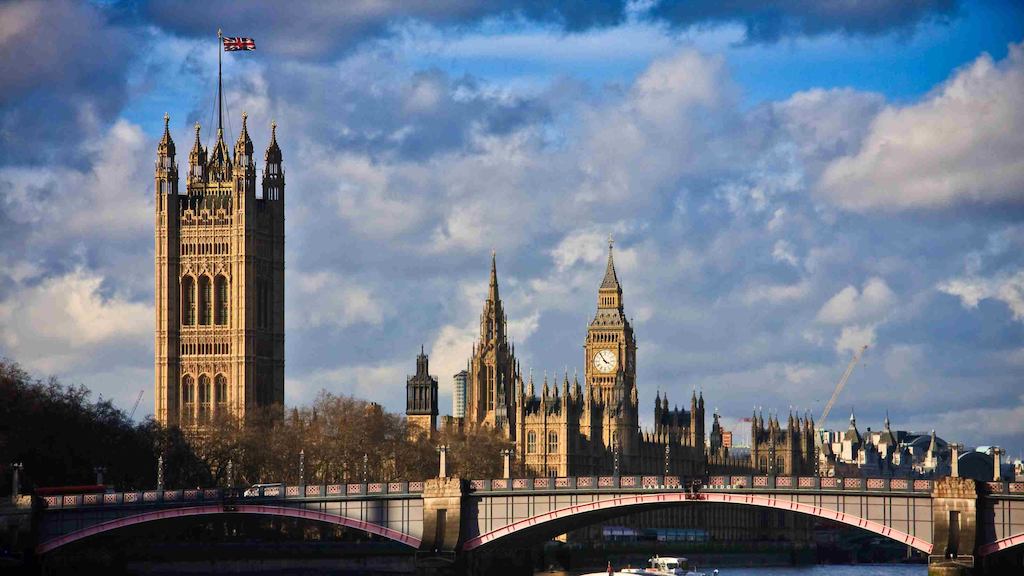But, unlike the 2017 strategy, which explicitly identified demographic ageing as a key challenge and opportunity shaping the UK’s future, this week’s strategy makes only passing reference to it. This is a significant gap.
The UK’s population is ageing rapidly, with far-reaching implications for jobs, spending, public services, housing, transport, and the wider economy. In 2022, nearly one in five people in the UK was aged 65 or over; by 2072, this is projected to rise to more than one in four.
This has implications for our country’s workforce but it also has implications for what our economy does: the services we offer, the communities, businesses and places we need to build.
Ageing is not a future issue. It is a structural reality already reshaping our economy and society. By overlooking it, the government risks missing a major opportunity to drive innovation, unlock new markets, and future-proof growth. The future of our economy is older and an industrial strategy that fails to recognise this will fail to deliver the growth ambitions that we all desperately share.
The momentum the 2017 strategy generated is at risk
The 2017 Industrial Strategy sought to position the UK as a leader in responding to the needs of an ageing population, not just by adapting the workforce, but by driving innovation across housing, health, transport, and technology.
To support this ambition, the government introduced a £2.6 billion Challenge Fund, with several initiatives focused specifically on ageing. This included the Healthy Ageing Challenge, which aimed to help businesses tap into emerging market opportunities such as designing age-friendly homes, supporting independent living, and creating healthier, more active communities.
According to UKRI’s 2024 impact report, the Healthy Ageing Challenge alone supported more than 240 projects, 230 events, and over 130 publications. However, the evaluation also suggests that the early progress made on this issue will not translate into long-term transformation without continued investment and strategic focus.
Addressing our ageing workforce is key to the government’s growth ambitions
One area where this is evident is the workforce. Employment rates for older workers have stalled since the pandemic, and current approaches have failed to reverse the trend.
While innovation has a role to play, the bigger challenge is structural: the way work is designed, supported, and sustained across longer working lives. Without clearer direction from government, we risk leaving untapped talent on the sidelines and undermining the very growth ambitions the Industrial Strategy is aiming to deliver.
The Industrial Strategy rightly focuses on sectors where the UK has high potential for growth, but younger workers alone won’t be enough to meet future demand. Analysis by the Standard Life Centre for the Future of Retirement shows that over-50s already make up 3.4 million workers in the strategy’s key sectors - around 31% of the workforce. But every year, an estimated 437,000 over-50s leave these sectors through early retirement, ill-health, caring responsibilities, redundancy, or job loss.
This represents a huge loss of talent, experience, and productivity. In economic terms, that’s £31 billion in lost output each year. According to our own analysis, it accounts for at least £11.5 billion in foregone tax revenue for the government. That’s more than half the size of the UK’s oft-cited £22 billion “fiscal black hole”.











